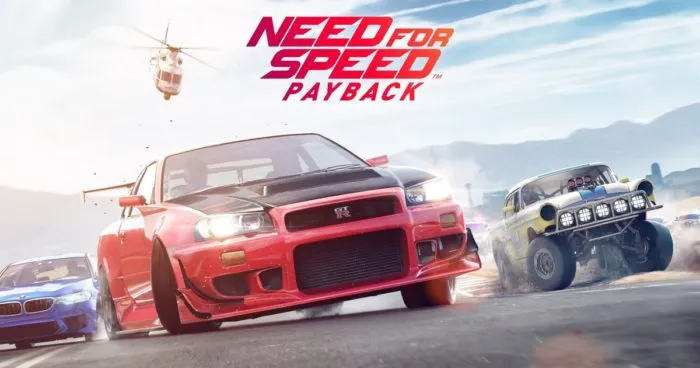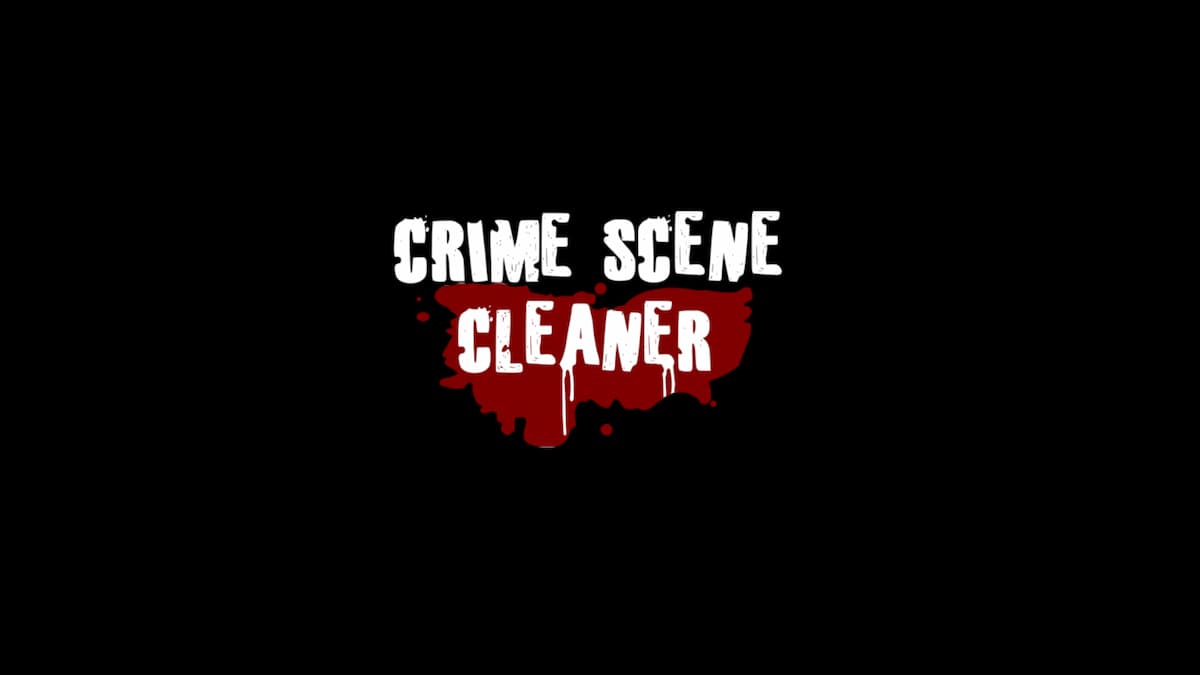Need for Speed Payback on PlayStation 4
Need for Speed may be one of the longest running racing series around, but it is also one of the most inconsistent. From the beloved Underground games and 2005’s excellent Most Wanted to the terrible Undercover and the awkward 2015 reboot, the franchise has had its ups and downs. Two years since the last entry, Ghost Games has released Payback, which is almost a microcosm of the series’ inconsistency. At the core, there’s an enjoyable racer, but there’s too many under-developed or poorly integrated ideas that don’t fit together well.
As was the case in 2015’s reboot did, Payback’s action is structured around an actual story. Instead of telling a tale about underground street racers with a passion for fist-bumps, Payback’s narrative is more in-line with that of an early Fast and Furious movie. Playing as three racers (Tyler, Mac, and Jess), each with their own vehicle class preference, a crew is reunited to seek revenge on The House, a corrupt group of street race organizers. Alongside the help of rich casino owner, The Gambler, and his impressive car collection, you steal assets and win races to end the corruption. It’s a standard b-movie action fare, with entertaining set-pieces taking place at the end of each chapter to move the story along. It would be a perfectly serviceable, if a little less ambitious version of a Fast and Furious movie if it weren’t for the bland and unlikable characters. Aside from their driving style and appearance, there is little difference between the three protagonists. Mac is a Londoner who has moved to the US to have more fun, yet still loves saying “bruv” to anyone and everyone, Jess is a perennially grumpy get away driver, and Tyler has nothing more to him other than his desire to be recognized as the best driver in Fortune Valley. It’s hard to care about the characters and, as a result, the story itself, making it more of an unwanted distraction from the racing than something that ties the experience together.
That racing is where Need for Speed Payback is at its strongest. The handling is the usual arcade style you’d expect, where the brake is rarely even thought about. The long straights in Payback’s desert area are for hitting top speed’s and the winding mountain pass is for practicing those long, laid-back drifts. Speeding down the street, weaving through the traffic and taking corners at 100mph, is wonderfully thrilling. Also, the way the camera bounces around as the terrain changes gives the game an excellent sense of speed. It’s simple, yet fun, and the perfect way to explore Fortune Valley. Since driving is what you’ll be doing more than anything else during Payback’s 15-20 hour campaign, its quality makes for a generally enjoyable experience.

The events you take part in mostly make for great fun as well. Drifting is easy to do, allowing you to rack up scores well above the target set, Races both on the road and off are competitive and take place on well designed routes, and Drag events are tough one-on-one races that require you to time gear changes to perfection. The only under-whelming event type is the disappointingly dumbed-down Runner missions. Ingenuity and unpredictability are no longer needed to beat the cops. Gone are the traditional cop chases, being replaced by events that require you to get to a certain place with the cops nibbling at you from behind. They’re unnecessarily less interesting than in other Need for Speed games, but they’re the only dull events at least.
What isn’t as simple as the driving, however, is how the racing is structured and how you upgrade your cars. The events are split into five categories (race, runner, drift, off-road, drag) and each has its own set of cars that can be bought and used. That means you’ll have five cars at any one time that you cycle through as you change race disciplines. It can mean that you’re not allowed to use your favorite vehicle very often, but it makes each race format feel different, taking advantage of the different skills you’ve been taught. Each event has a recommended car level, however, and this is where the new upgrade system comes in.
Stick with me, because it’s quite a complex system. Cars are no longer upgraded by choosing which part you think needs replacing. Instead, they’re upgraded using Speed Cards which can be bought using in-game money, or gained by winning events. Those Speed Cards are then equipped to one of six slots, depending on which part they’re for, and can be swapped out as and when you get better ones. Any you don’t want can be sold for money or traded in for Part Tokens, which allow you to spin a slot machine of sorts to get a new Speed Card, once you’ve got three of them. You can also get both money and Part Tokens for buying Speed Cards from Shipments, which can be bought using real-world money or gained by increasing your reputation level. Aside from it being a little luck based, I quite enjoyed this system as it prompted you to be clever with what you aim to upgrade, what currency you use, and when you do so. Using real-world money isn’t at all necessary but later on you might feel compelled to.

The AI drivers are more than competent in the racing centric events, meaning it is vital that you’re at the recommended car level. However, through the organically earned Speed Cards, you’ll be under-leveled and under-powered for the events in the latter chapters, and likely low on money or Part Tokens. That means you’ll need to grind older events to get more Speed Cards and upgrade each of your five rides. Also, since the vehicles you can use in the first three chapters cannot be upgraded to the level required for chapter 4, you’ll need to buy a new one with a higher max level. However, since upgrading is a much better way to get ready for new events in the early parts of the game, you’ll likely stick with one car for each class right from the beginning. That’s not only frustrating because I want to be driving supercars in Need for Speed games, not a supercharged version of the car on my driveway, but also because it will result in far more grinding being necessary in the latter missions.
Also, since Speed Cards are tied to specific vehicles and cannot be transferred between cars, let alone classes, you’re left to start from a car’s base level if you buy it. For example, my Golf GTI was maxed out level wise, yet I needed to buy a new car to allow me to compete in the latter missions. However, the Aston Martin DB11 I bought was a lower level than my Golf, meaning I had to grind to get Speed Cards. Obviously, you can pay your way through the grind, but that’s not something many people are comfortable with. What could have been an interesting system is made frustrating by poor integration that is clearly designed to point you towards microtransactions out of sheer frustration.
The previously mentioned inconsistency continues into Payback’s presentation. At times, it looks stunning, but at others, it can look unfinished. Drifting through the mountains at dusk or battling against the cops at 150mph, seeing debris splinter off the road and cars, are two of the times when the game is at it’s most visually impressive, but other situations look decidedly bland. While the cinematic shots of the city in Fortune Valley can look good, driving through it allows you to see it in a different light. It’s almost completely empty, with little more than a car or two making it seem like people actually live there, and the general design of the buildings and landmarks are dull.
Those visual issues are made worse by more than its fair share of bugs. The most noticeable of those is the pop in of both objects and textures that happens constantly while driving. There’s also a few more isolated and less frequent issues, however. As the countdown begins before a race, you’re sat at the start line, revving your engine, and your surroundings will still be loading. Rocks by your side, huge cliff faces in the distance, and even the road itself are sometimes devoid of textures for the few seconds before the race starts. I also experienced a couple of more frustrating bugs, including the camera sinking below the world when re-loading a race, the sound not triggering in a cutscene, and one hard crash. None of these issues affect the driving in Payback but they do make it feel quite unpolished.
Considering how enjoyable getting behind the wheel is in Need for Speed Payback, it is frustrating that so many elements don’t work in the overall experience. You may spend most of your time having fun racing but the b-movie story that stars unlikable characters, the presentation inconsistencies, and the poorly integrated upgrade system are frequent frustrations.
Score: 2.5/5 – Poor
Pros
| Cons
|
For more information on how we review games, check out Twinfinite’s review policy here.














Updated: Nov 13, 2017 04:02 pm